LG Wing hands-on preview: The weirdest phone of 2020?
LG's Explorer Project kicks off with a dual-screen swiveling smartphone
LG hasn't shied away from weird form factors over the years. If you're an Android veteran, you might remember the "self-healing" G Flex 2, or the modular LG G5 phone. More recently, the company has rediscovered its experimental streak, with dual-screeners like the Velvet and V60.
And now we have the new LG Explorer Project, designed to showcase unconventional and wacky new designs. The first of those is the just-launched LG Wing, a dual-screen phone with a secondary rotating display, built upon the hardware foundations of the Velvet.
It's an unusual concept for sure, and LG's recent launch event showed off plenty of unique use cases for this kind of dual-display device: everything from watching YouTube while doomscrolling through Twitter, to custom gaming setups, and even a miniature virtual trackpad.
We'll be publishing an initial hands-on review of the LG Wing soon. But for now, we wanted to offer some first impressions of what might be the strangest Android phone of 2020, based on our first few hours with a pre-production LG Wing.
Jump to:
LG Wing: The basics
The Wing's core specs borrow heavily from LG's mid-tier Velvet handset. Like that phone, it's powered by a Snapdragon 765G chipset, with 8GB of RAM, and packs a curved Full HD+ primary display.
But picking up the Wing for the first time reveals that this is a very different class of phone. Weighing in at 260g, the Wing is a full 40g heavier than the already chunky Galaxy S20 Ultra. And with a 6.8-inch display diagonal, it's not far off the footprint of Samsung's largest phones either.
The LG Wing is an absolute unit, but also a thing of beauty.
LG's hardware designs have improved considerably throughout 2020, and the Wing is easily the best-looking handset the company has produced. Although unquestionably big and bulky, the matte back panel, chamfered translucent camera hump and pearlescent finish make the Wing a very pretty phone indeed.
What's more, for the hole-punch and notch-averse, there's no display cutout of any kind to blemish the Wing's main display, thanks to the use of a OnePlus 7 Pro-style popup selfie camera.
Inside there's a 4,000mAh battery, supporting Quick Charge 4+ and Qi Wireless charging, so Wing owners get a decent amount of juice and plenty of charging options for your $1,000. (Though it remains to be seen how much extra power will be drawn by the secondary panel.)
It's also more durable than you might expect form a phone with a hinge, with MIL-STD 810G compliance and IP54 water and dust resistance.
LG Wing specifications
| Category | Features |
|---|---|
| Chipset | Qualcomm Snapdragon 765G |
| Main Display | 6.8-inch 20.5:9 FHD+ P-OLED FullVision (2,460 x 1,080 / 395ppi) |
| Second Screen | 3.9-inch 1.15:1 G-OLED (1,240 x 1,080 / 419ppi) |
| RAM | 8GB |
| Storage | 128-256GB + SD |
| Main Camera | 64MP OIS f/1.8 78-degree 0.8-micron |
| Ultrawide 1 | 13MP f/1.9 117-degree 1.0-micron |
| Ultrawide 2 | 12MP f/2.2 120-degree 1.4-micron |
| Front Camera | 32MP f/1.9 79.6-degree 0.8-micron |
| Battery | 4,000mAh |
| OS | Android 10 |
| Size | 169.5 x 74.5 x 10.9 mm |
| Weight | 260g |
| Network | 3G/4G/5G |
| Connection | Wi-Fi 802.11 a, b, g, n, ac / Bluetooth 5.1 / NFC / USB Type-C (USB 3.1 Gen 1 Compatible) |
| Colors | Aurora Gray / Illusion Sky |
| Others | Gimbal Motion Camera / Front Pop Up Camera / Hexa Motion Stabilizer / LG Creator's Kit / LG Pay / Dual Recording / Black Stabilizer / LG 3D Sound Engine / AI CAM / Q Lens / Google Lens / Google Assistant / In-Display Fingerprint Sensor / IP54 Water and Dust Resistance / Qualcomm ® Quick Charge(TM 4.0+ Technology / Wireless Charging / MIL -STD 810G Compliance (Passed 9 categories of tests in Basic Mode.) |
Of course, the main panel of the LG Wing is only half the story. The second 3.8-inch display sits below the main screen -- or to the side, depending on how you're holding it. It's this panel that enables all the Wing's extra functionality -- the pay-off for using such a chonktastic phone.
A unique triple camera setup enables a virtual gimbal mode.
LG has put considerable engineering effort behind the hinge of the Wing, and it shows. The swivel mechanism is smooth, and thanks to the unique pneumatic mechanism inside, eases gently into its fully opened-out position.
If you like to annoy passers-by, you can even set the Wing to trigger one of a handful of sound effects when it opens and closes. Please don't do that, though.
Meanwhile, around the back, the Wing features considerable camera upgrades from the LG Velvet, with a new optically-stabilized 64-megapixel sensor behind an f/1.8 lens. The other two rear cameras are both ultrawide units -- one for standard wider views of scenic places, another for the built-in software gimbal mode. We'll dig deeper into that in our full review, but basically this allows you to hold the Wing opened out, and shoot super-stable landscape video while holding the phone in portrait.
LG Wing: First impressions
There's a mountain of extra functionality to be discovered behind the Wing's dual-screen setup. At a basic level, just like any other dual-screen phone, you can use the main screen for standard phone apps, and have a video window or social feed open in the secondary display. It's even possible to have two video apps open at the same time on both screens, if for some reason that's a thing you want to do.
Dual-screen software tricks aplenty, with some rough edges.
Obviously you're limited in what you can do with a 3.8-inch square-ish display, but it's more than enough for tweeting, emailing or even browsing while watching YouTube or Netflix. Likewise, in two-handed mode, with the secondary display sticking out the side of the main panel, that small screen works pretty well for YouTube videos -- or juggling tweets and web browsing.
Some apps can also take over the secondary display, like YouTube, which gives you playback, brightness and volume controls. (That's a good thing, because reaching the physical volume keys with the screen opened out is pretty awkward.)
What's also awkward is how many apps have to be manually whitelisted to use the smaller secondary display. By default, apps like Twitter won't appear in the app drawer of the second screen unless you manually enable them.
Similarly, I'm not a fan of LG's carousel-like app home screen for the primary display when it's unfurled. It's designed to surface most-used apps -- and you can always swipe up to go to the app drawer -- but it feels a little clumsy to use right now. That said, our unit is on extremely early firmware, so there's time for that to change.
There are many software features in "Swivel Mode" that make a lot of sense though. The quick settings panel for the second screen has been redesigned to give you quick access to volume controls. There's also "Grip Lock," which disables touch input to let you use the second screen as a glorified handle for the main panel. And the LG Touchpad does exactly what you'd imagine, repurposing the second screen to control a virtual mouse pointer on the main panel.
LG Wing: More to come
We're just scratching the surface of what the LG Velvet can do, after only a few hours with the phone. It's going to take some time to get to grips with this very unusual form factor, and the extra functionality LG has built into it.
However this phone ultimately shakes out, there's no question the LG Wing has made the mobile market of 2020 a weirder and more interesting place.
Dual Screen Swivelling
LG Wing
A unique take on the dual-screen smartphone.
The LG Wing is weird for sure, but its unique hinge and dual-screen features make it one of the more interesting Android phones of 2020. However, it remains to be seen how useful its screen-swiveling tricks will be in day-to-day use.
from Android Central - Android Forums, News, Reviews, Help and Android Wallpapers https://ift.tt/3kn0Vbm
via IFTTT
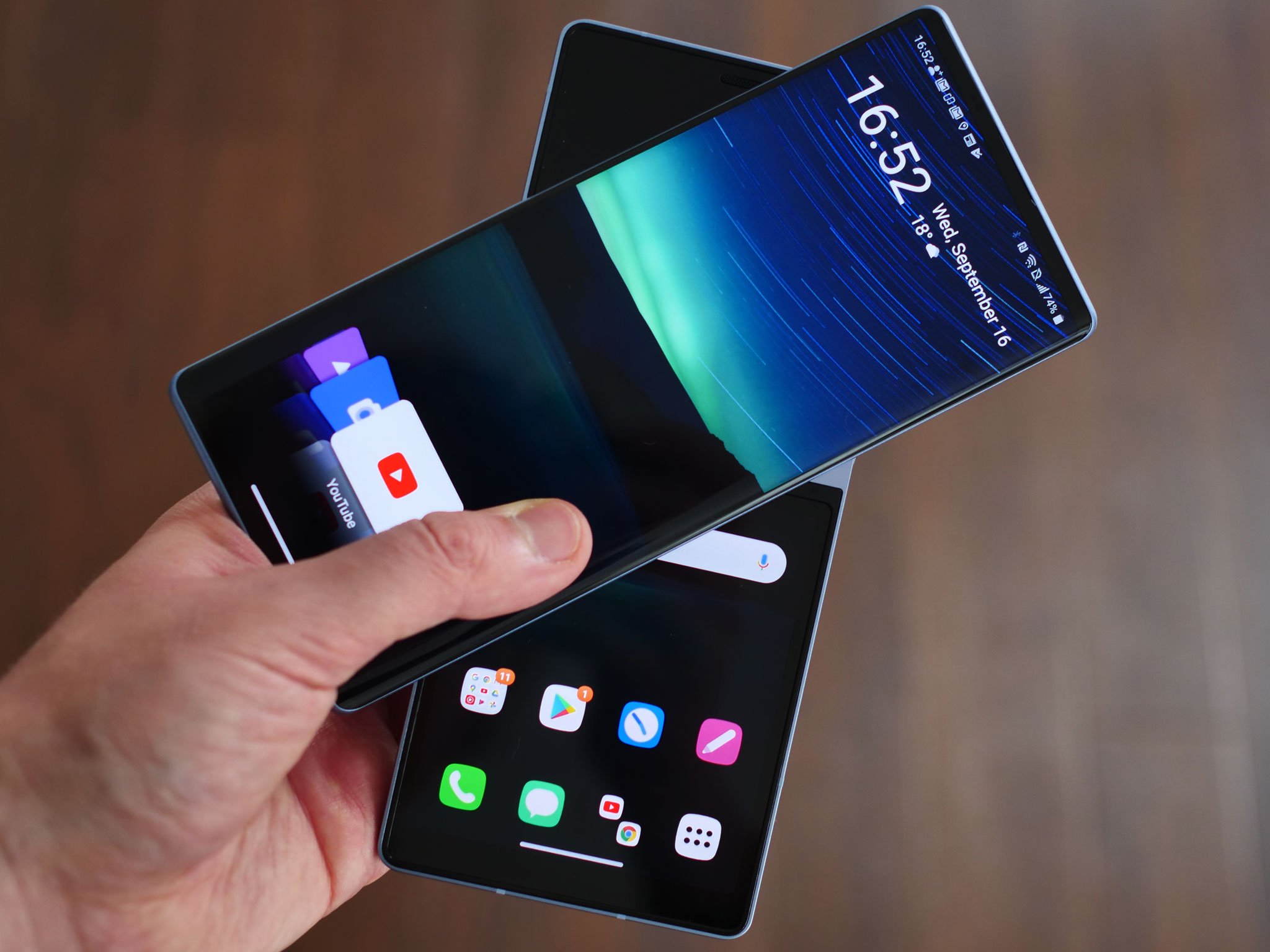
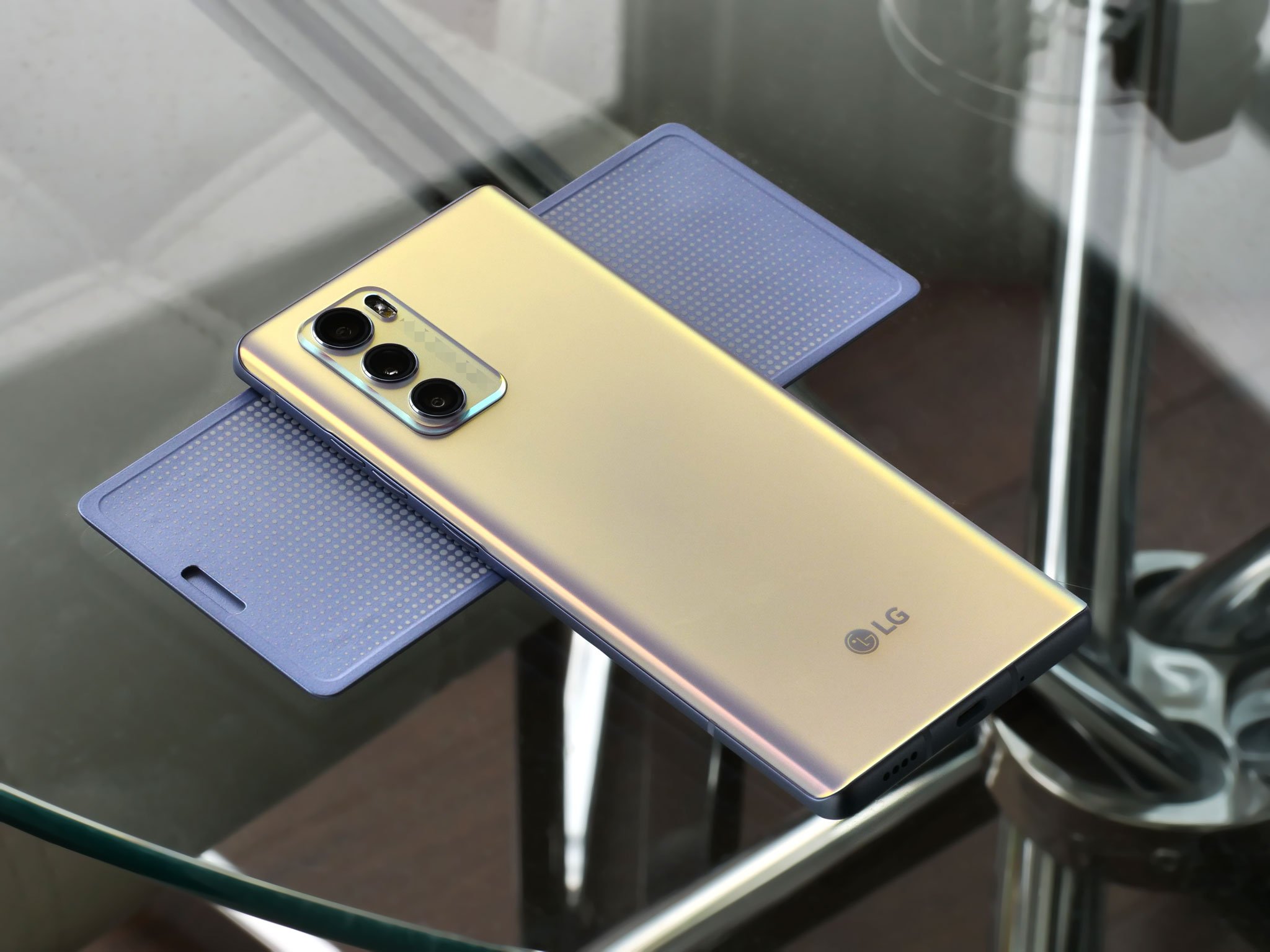
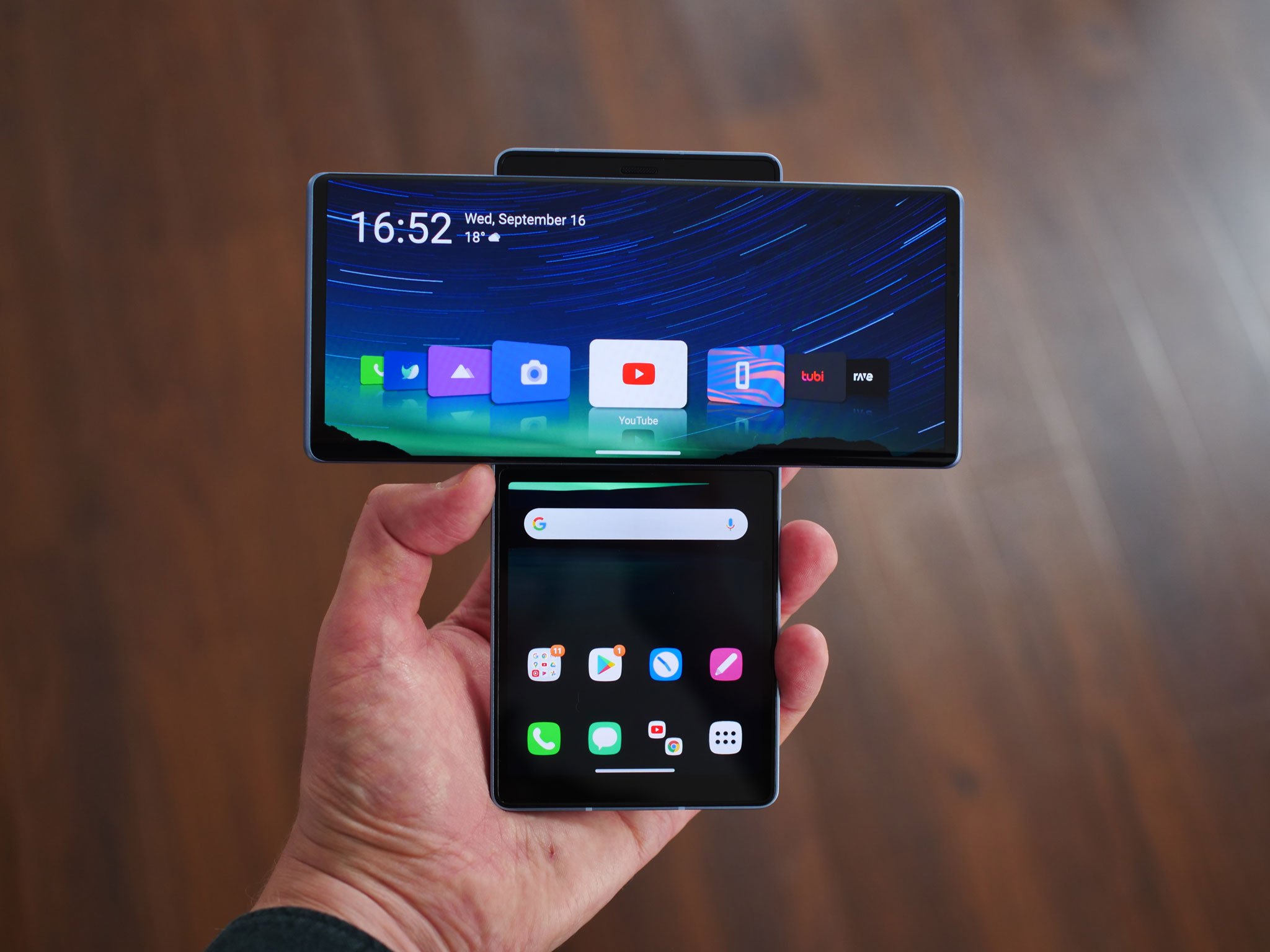
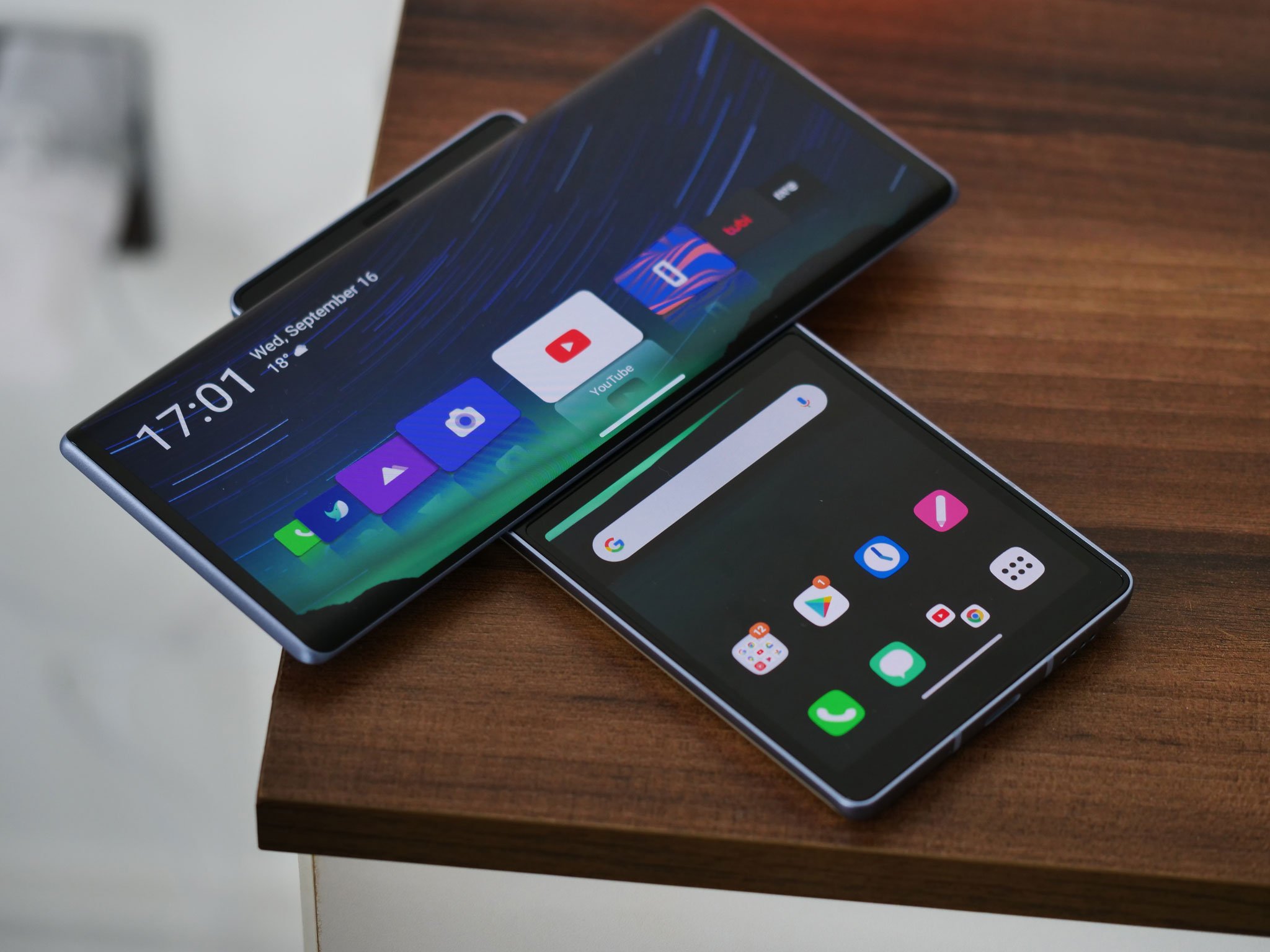
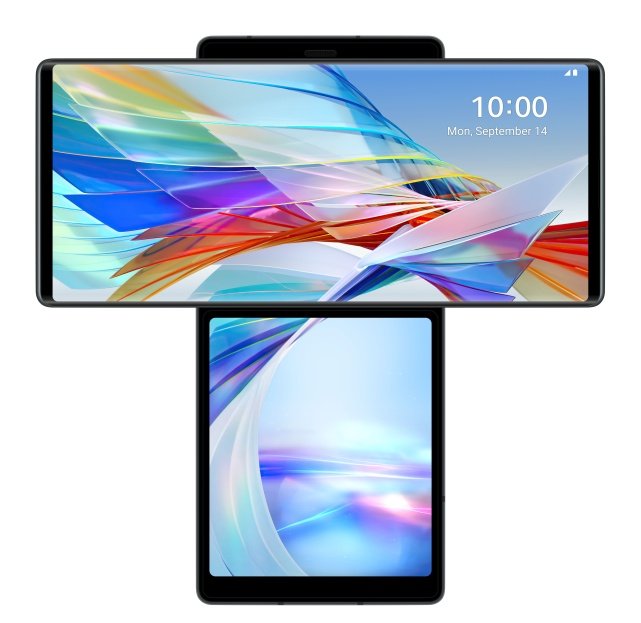
No comments: